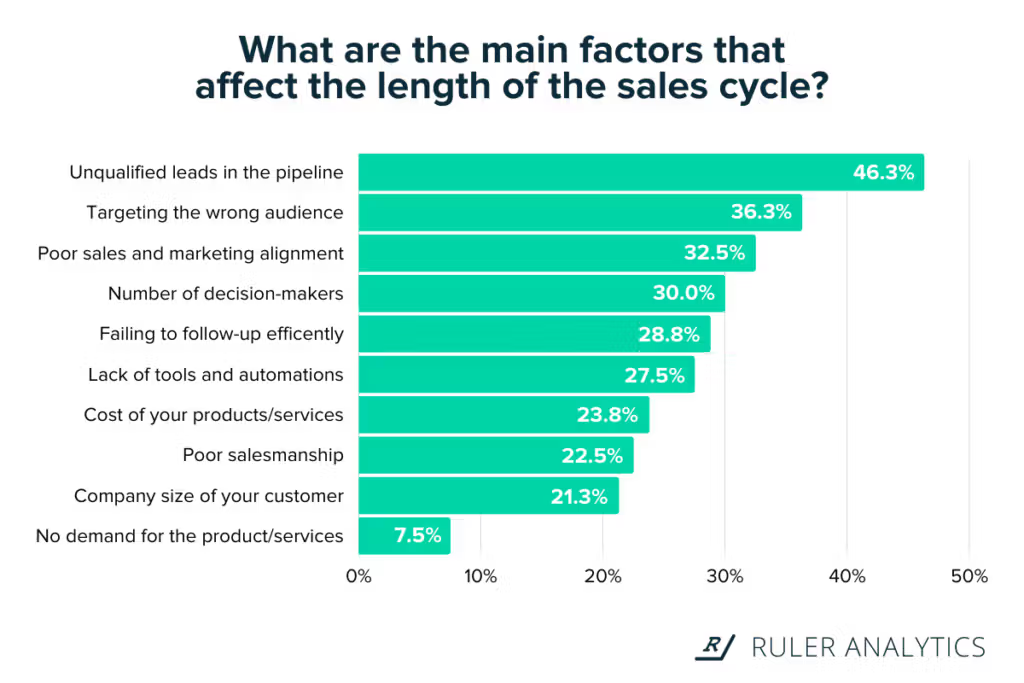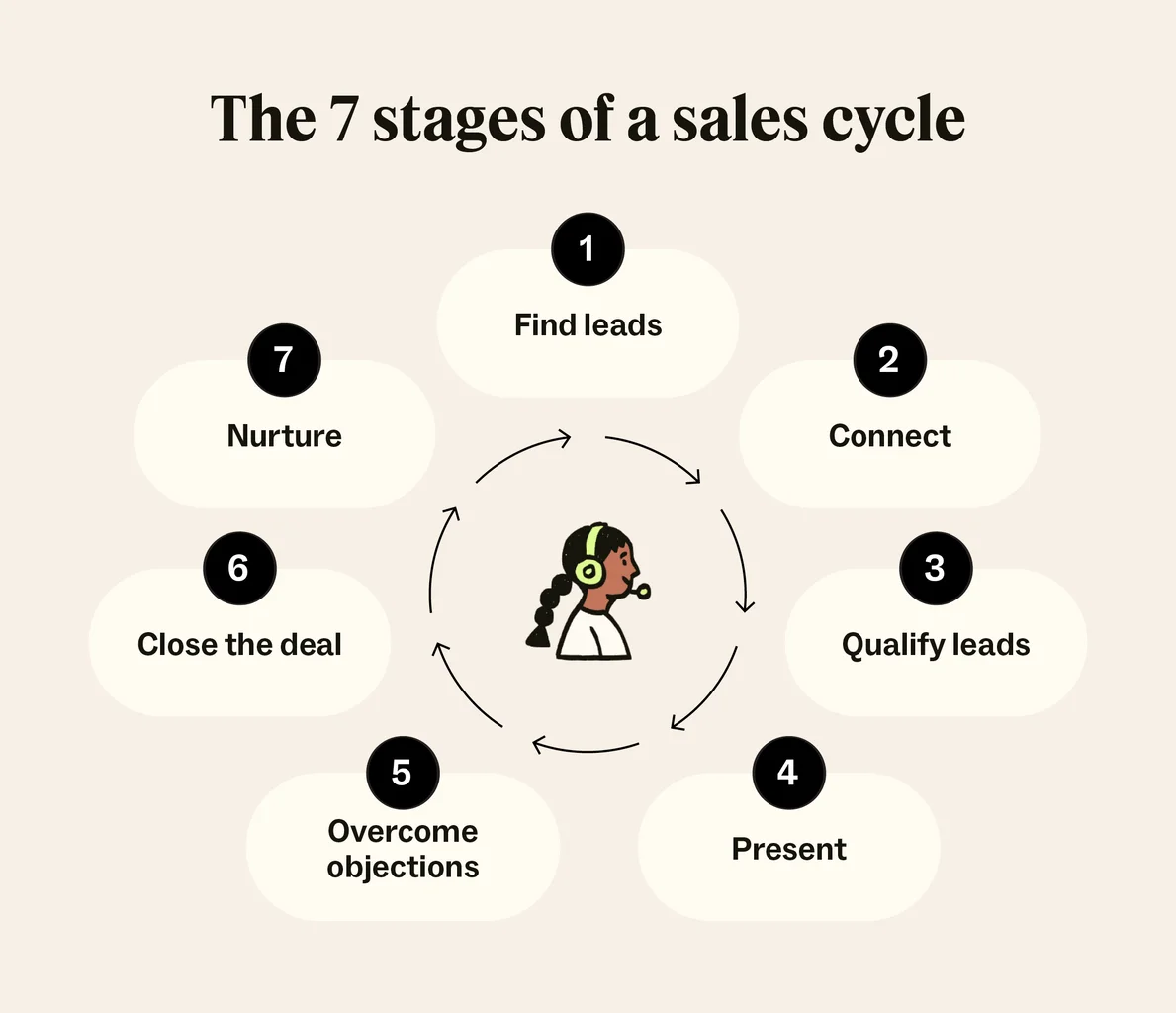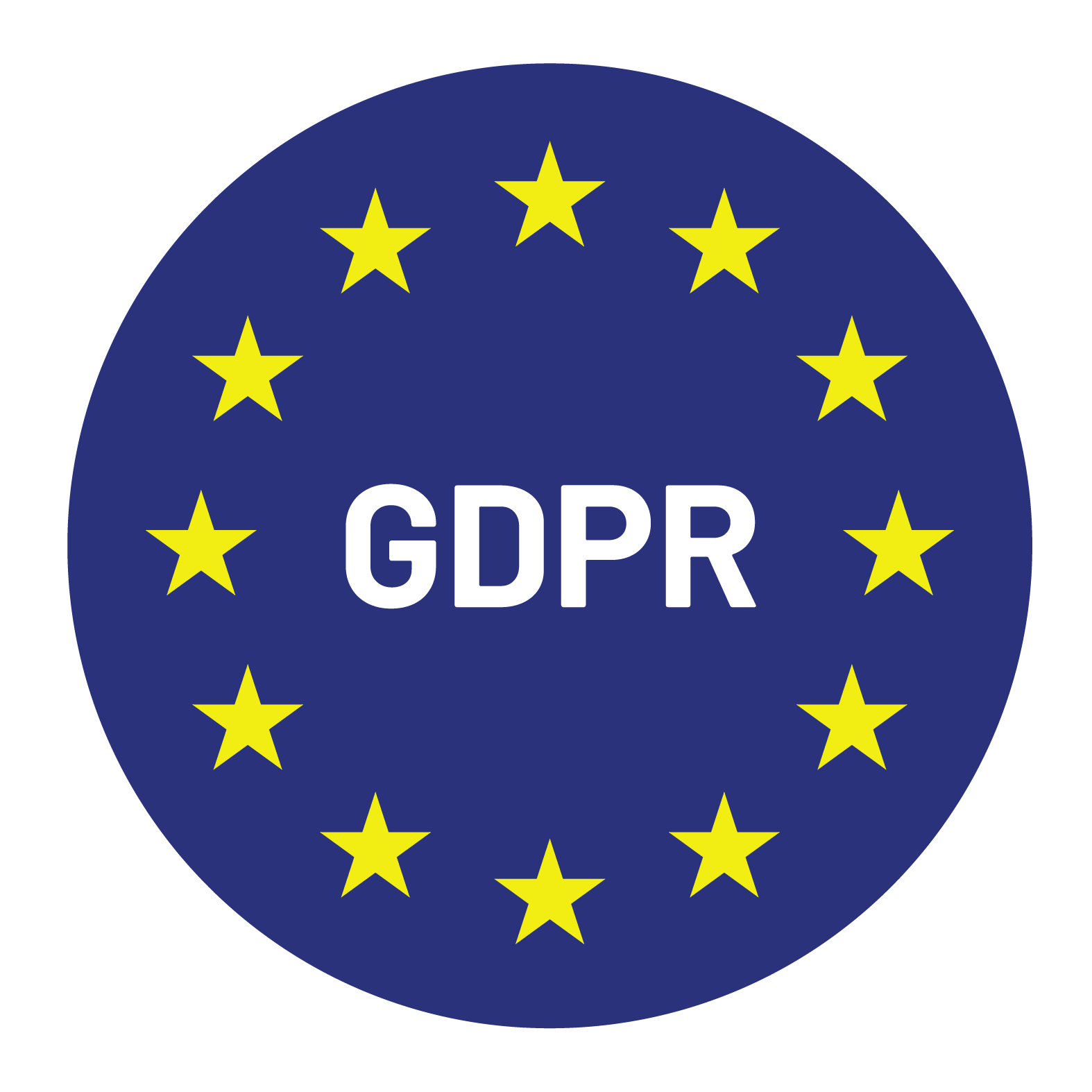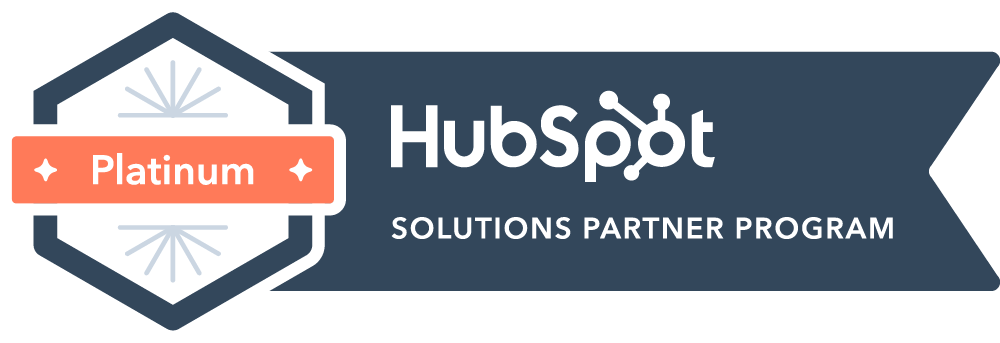

Content Writer for Whistle with multidisciplinary experience spanning over a decade.
Deals that drag are more than just frustrating. They block revenue, stretch resources, and slow everything else down. Your team keeps the conversations going, sends over the right materials, and follows up consistently. But the close date keeps slipping, and the pipeline gets stuck in limbo.
A long sales cycle doesn’t just delay income. It makes forecasting harder, distracts your team from better opportunities, and weakens your overall sales rhythm. Deals that hang around for too long often disappear quietly without a decision, or worse, go to a faster competitor.
The sales cycle is not set in stone. It’s a process, and that makes it something you can improve. Speed and precision come from smart systems, clear criteria, and fewer points of friction.
You don’t need a complete overhaul to speed things up. You need specific changes that target the right parts of your process. These seven strategies do exactly that. They’re practical, proven, and designed to help your team close deals faster – without cutting corners.
Most companies underestimate just how expensive a drawn-out sales cycle can be. The impact shows up in ways that are both immediate and long-term, affecting revenue, resources, and overall momentum.
First, there’s revenue. The longer it takes to close a deal, the longer it takes to recognize income. This slows down cash flow and creates uncertainty across the business. Without reliable revenue forecasts, it’s harder to make confident decisions about hiring, investing in new tools, or expanding into new markets. Financial planning becomes more reactive than strategic.
Second, there’s the cost to your team. When cycles stretch out over weeks or even months, reps spend more time chasing deals that may never convert. This affects morale and focus. Instead of working a clean, qualified pipeline, your sales team gets stuck in endless follow-ups and drawn-out negotiations. The longer this goes on, the more deals stall and the more pipeline health deteriorates.
Third, there’s the risk of losing the deal entirely. As time drags on, the urgency that existed in early conversations often fades. Buyers get distracted. Priorities shift. Other stakeholders enter the picture and complicate the process. Or a competitor steps in with faster, clearer communication. What felt like a strong opportunity can quietly slip away.
All of this adds up. A long sales cycle isn’t just a timing issue—it creates downstream problems that affect performance across the board. The solution is not about adding pressure or rushing deals. It’s about tightening the process, identifying what slows things down, and helping your team focus on the buyers who are most likely to move forward.
A faster, healthier sales cycle starts with smarter systems and better discipline at each stage of the pipeline. When you optimize for quality, clarity, and momentum, speed follows naturally.
Trying to sell to everyone slows your team down. Selling to the right buyers speeds things up.
A strong Ideal Customer Profile (ICP) keeps your pipeline focused on high-potential opportunities. It defines which companies are most likely to buy, based on firmographic data, behavior signals, and existing success stories. The more clearly your ICP is defined, the faster reps can identify who’s worth engaging.
Equally important is the qualification process. A good lead qualification framework screens out weak-fit prospects before they take up time. This doesn’t just protect rep bandwidth—it helps you focus your pitch, shorten your timeline, and increase your win rate.
Define your qualification criteria based on factors like budget, authority, need, and timeline. Use this consistently across discovery to move good-fit leads forward and deprioritize the rest.
The earlier you understand what matters to a prospect, the faster you can close.
Discovery calls aren’t just about asking a few surface-level questions. They’re your chance to dig into what the buyer is actually trying to solve. What’s not working today? What happens if they don’t fix it? What internal pressures are shaping their decision?
When sales teams take the time to fully understand the problem, they can pitch solutions that actually resonate. This makes it easier to move quickly through evaluation because the buyer doesn’t need to do the work of translating your offer to their needs.
It also reduces back-and-forth later in the process. Fewer objections. Less confusion. More clarity on both sides.
Sales cycles often stall in the gaps between conversations. A clear follow-up process helps prevent that.
This starts with communication. Every touchpoint should have a clear purpose and next step. Ambiguity creates delays. Confirm next meetings, recap discussions, and document timelines so both sides stay aligned.
Tools can help here. A CRM system should be used to track every touchpoint. Automation can support timely follow-ups—like reminders, check-ins, and handoff messages—without requiring constant manual effort.
Most importantly, responsiveness signals momentum. When your follow-up is consistent and tailored, buyers move with more urgency.
Even the best conversations won’t close deals on their own. You need materials that support the buyer’s internal conversations.
Sales enablement isn’t about sending more PDFs. It’s about sending the right content at the right time. That could be a case study that matches their industry, a product walkthrough tailored to their pain points, or a pricing proposal that aligns with what’s been discussed.
This helps buyers build internal alignment. It also speeds up approvals, reduces repeated questions, and makes your solution easier to understand and defend inside the organization.
If your sales team doesn’t have quick access to relevant collateral, deals will take longer. Build a library of well-organized, on-brand materials designed to move conversations forward.
A lot of time is lost to repetitive admin work. Sales automation helps reclaim that time.
From lead routing to meeting scheduling to proposal generation, dozens of touchpoints can be automated without sacrificing personalization. The key is knowing what to automate and what to keep human.
Beyond automation, sales analytics provide visibility into what’s working and what isn’t. If you can see where deals are getting stuck—whether it’s post-demo or during procurement—you can step in early and make adjustments.
Used well, sales technology removes friction and creates more consistency across your pipeline.
Waiting for objections to come up is a mistake. Addressing them early helps control the pace of the deal.
Most objections are predictable. Pricing. Timing. Implementation. Security. If you know they’re coming, you should be the one to raise them first. This puts you in a position of confidence and prevents concerns from dragging out the process later.
Being proactive also builds trust. It shows the buyer you’re thinking ahead, not just reacting. When sales reps handle objections clearly and directly, they remove barriers before they become blockers.

This shortens the sales cycle by keeping conversations focused and forward-moving.
Closing shouldn’t be an event that happens at the end. It should be a process that’s built into every stage of the deal.

That means setting expectations from the start—what the buying process typically looks like, what internal approvals are needed, and how long decisions usually take. It also means being specific about the next steps at each point in the conversation.
When buyers know what’s coming, they can prepare. When reps know how to guide the process, they can move with confidence.
A clear, consistent closing process reduces delays, eliminates last-minute surprises, and helps both sides move forward efficiently.
At Whistle, we help companies build repeatable, efficient sales motions that shorten the time from the first conversation to the closed deal. Our teams work with clients to refine qualifications, improve messaging, and identify where deals get stuck—then implement tailored strategies to fix it.
For sales teams looking to improve speed and close rates, the goal isn’t just to work faster. It’s to work smarter. That means removing friction, focusing on the right buyers, and making the path to purchase easier to follow.
Whistle supports this process at every stage with systems, strategies, and outbound execution that deliver results.
Shortening your sales cycle isn’t about pressure—it’s about precision. When your team has a clear ICP, understands the buyer’s needs, communicates with consistency, and closes with confidence, deals move faster and with less friction.
These strategies aren’t theory. They are what high-performing sales teams use to speed up decisions and improve close rates. When each stage of the cycle is sharper, your pipeline moves with purpose, and your revenue becomes easier to predict.
If you’re serious about shortening the sales cycle and turning intent into actual revenue, book a meeting with Whistle. We’ll help you build a sales process that performs from first touch to final close.


© Copyright – Whistle 2023